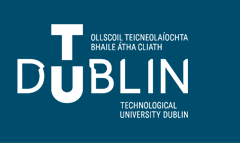Document Type
Article
Rights
Available under a Creative Commons Attribution Non-Commercial Share Alike 4.0 International Licence
Disciplines
Microbiology, Food and beverages
Abstract
Scanning electron microscopy and X-ray microtomography are useful methods for high resolution shape imaging. Visible microscopy is also common, however, developing a low-cost and customizable system for surface and shape investigation of optically active particles is challenging. In this work, we demonstrate an assembly offering good light sensitivity, flexibility of illumination and contrasts from varying angles. The design was applied, together with recent programs for focus-stacking, to analyze crystals of taurine, L-glutamic acid, acetylsalicylic acid, and copper sulfate, along with digital 3D-360° modelling of phosphorescent [Ru(bpy)3]Cl2 and strontium aluminate particles. We further tested the approach for real time monitoring of size, shape and texture analysis of fat filled milk particles and acid whey powders. The findings show proof of concept for detailed feature imaging of particles directly from the process environment.
DOI
https://doi.org/doi:10.1038/s41598-017-06830-8
Recommended Citation
ElArnaout, T. & Cullen, P.J. (2017). Non-invasive 3D and 360° optical imaging of micro-particles. Scientific Reports, vol. 7, article no. 6384. doi:10.1038/s41598-017-06830-8


Publication Details
https://www.nature.com/articles/s41598-017-06830-8